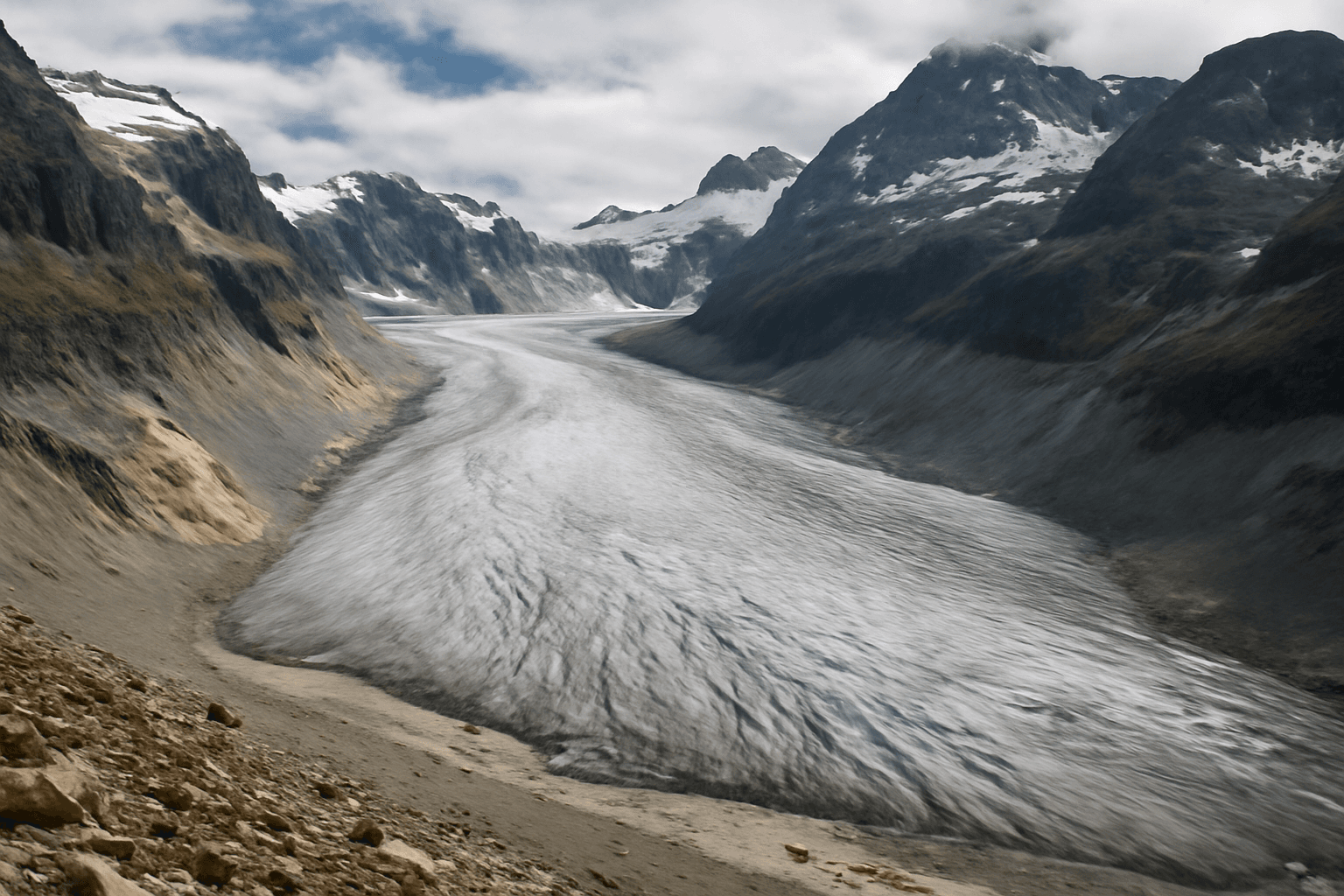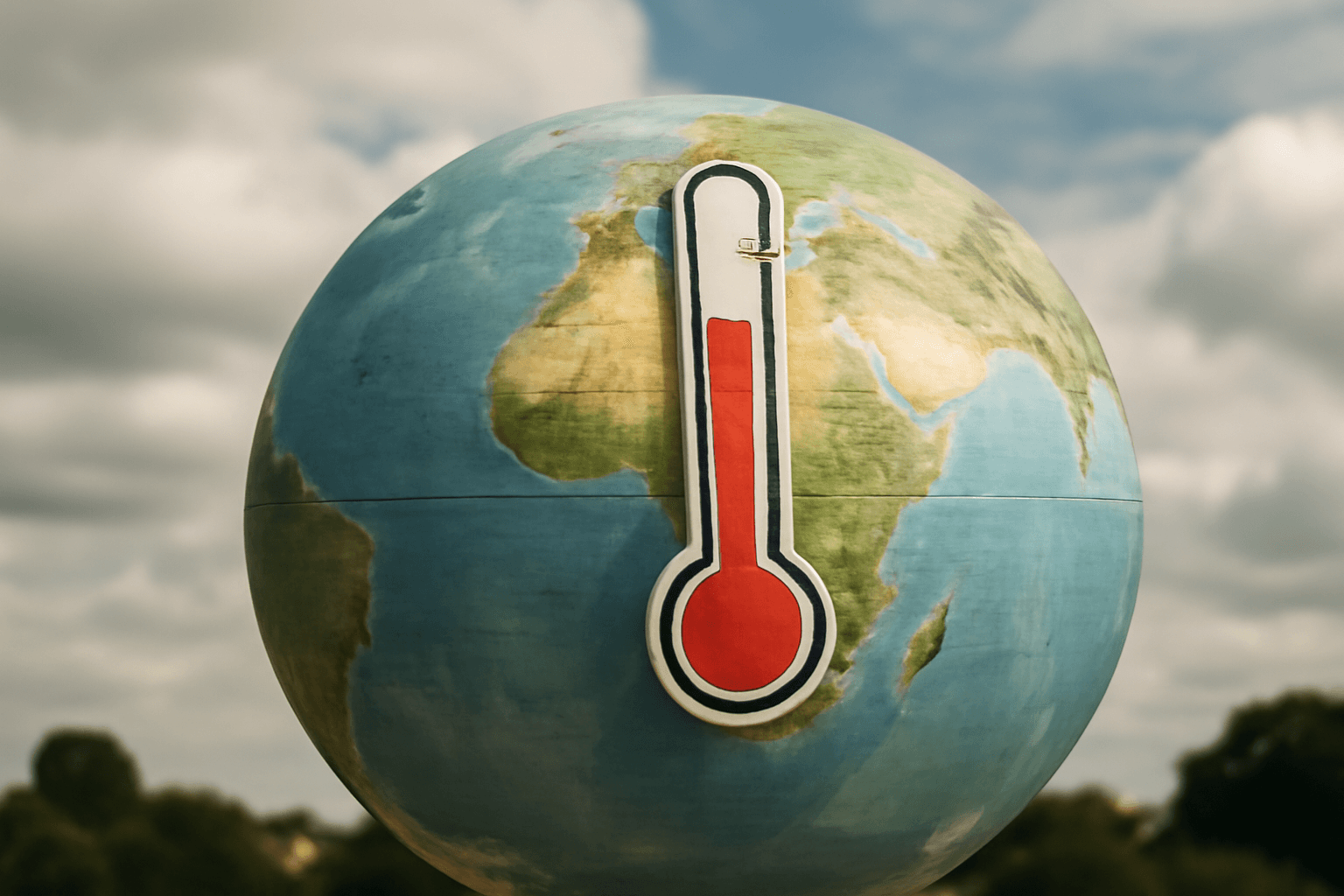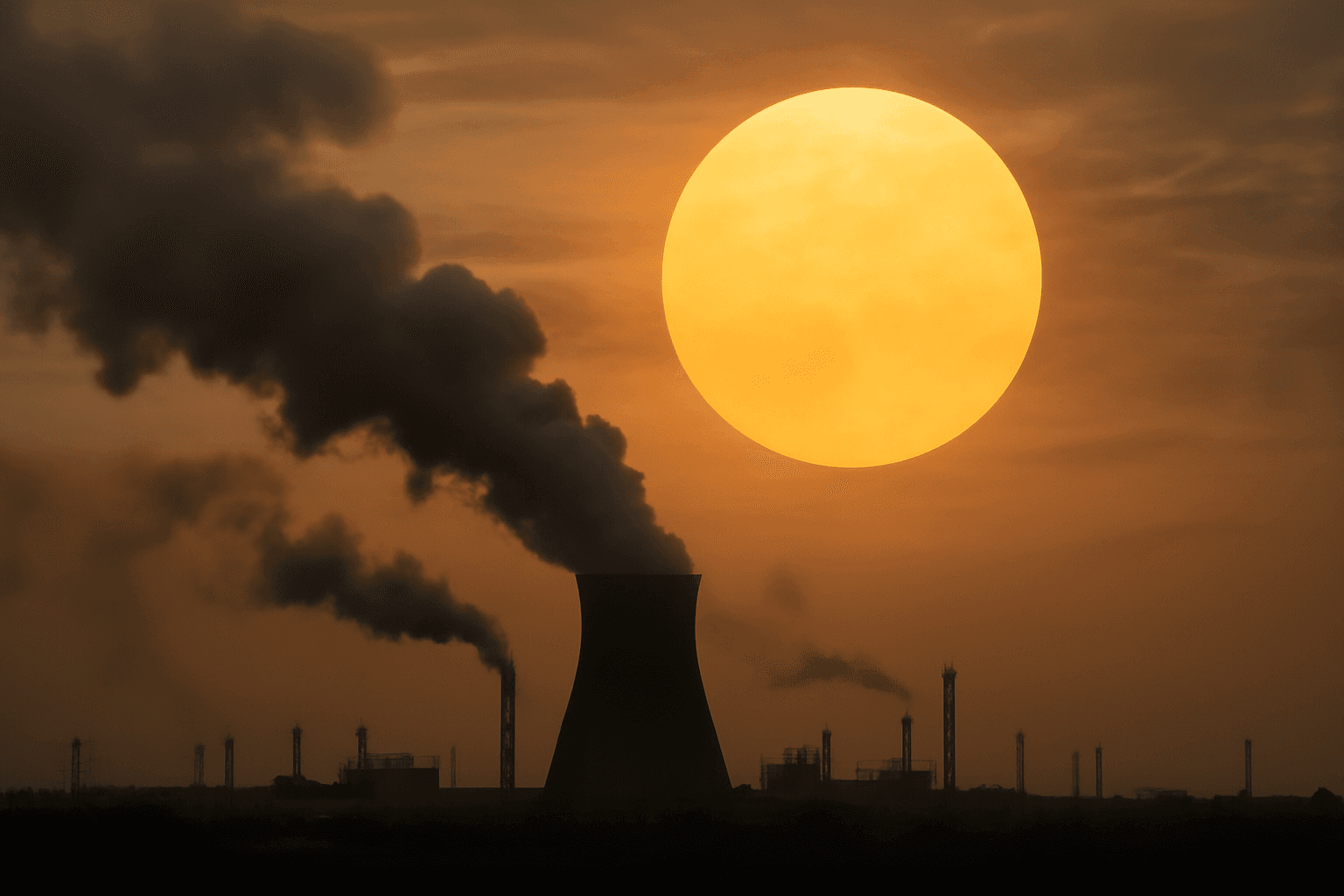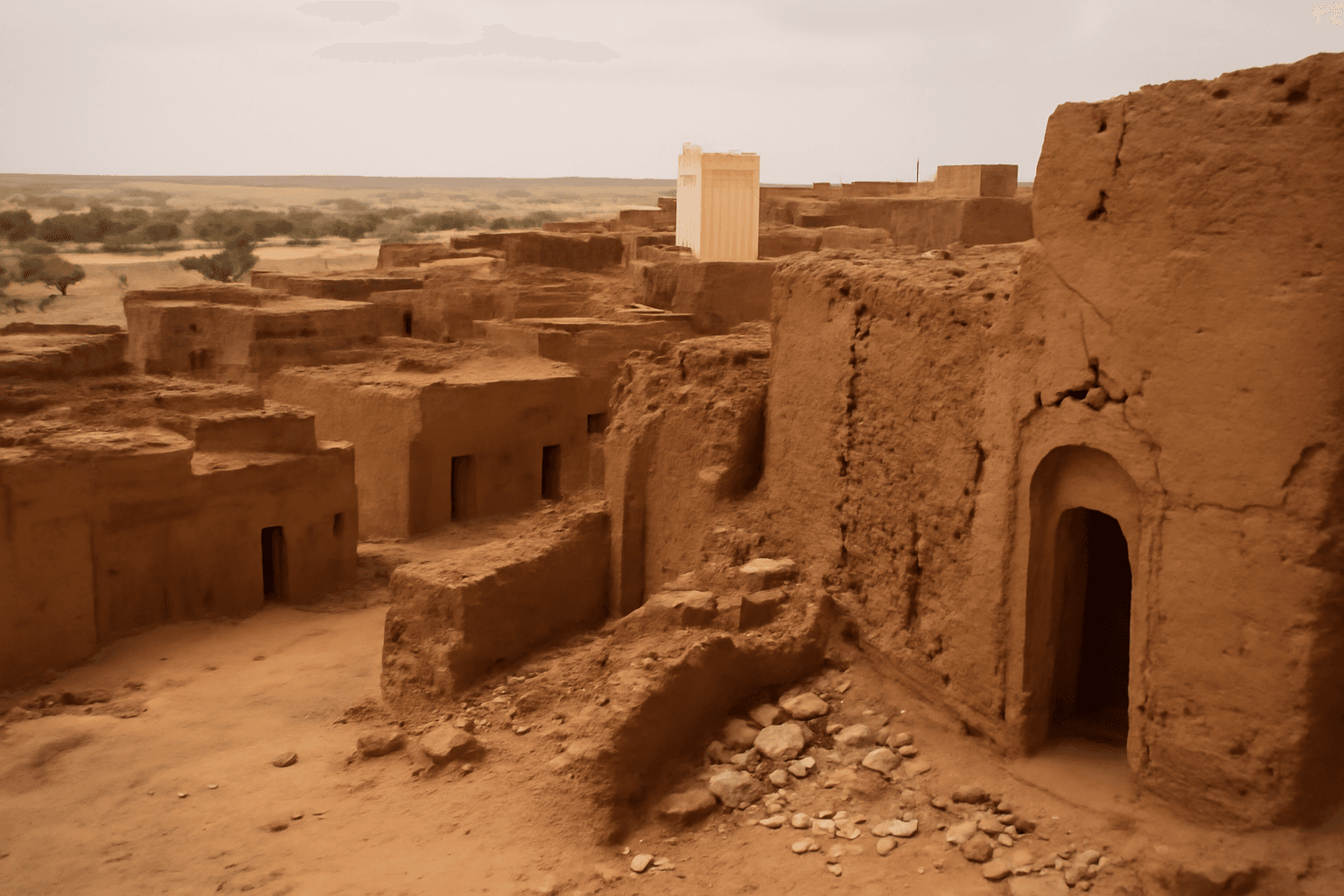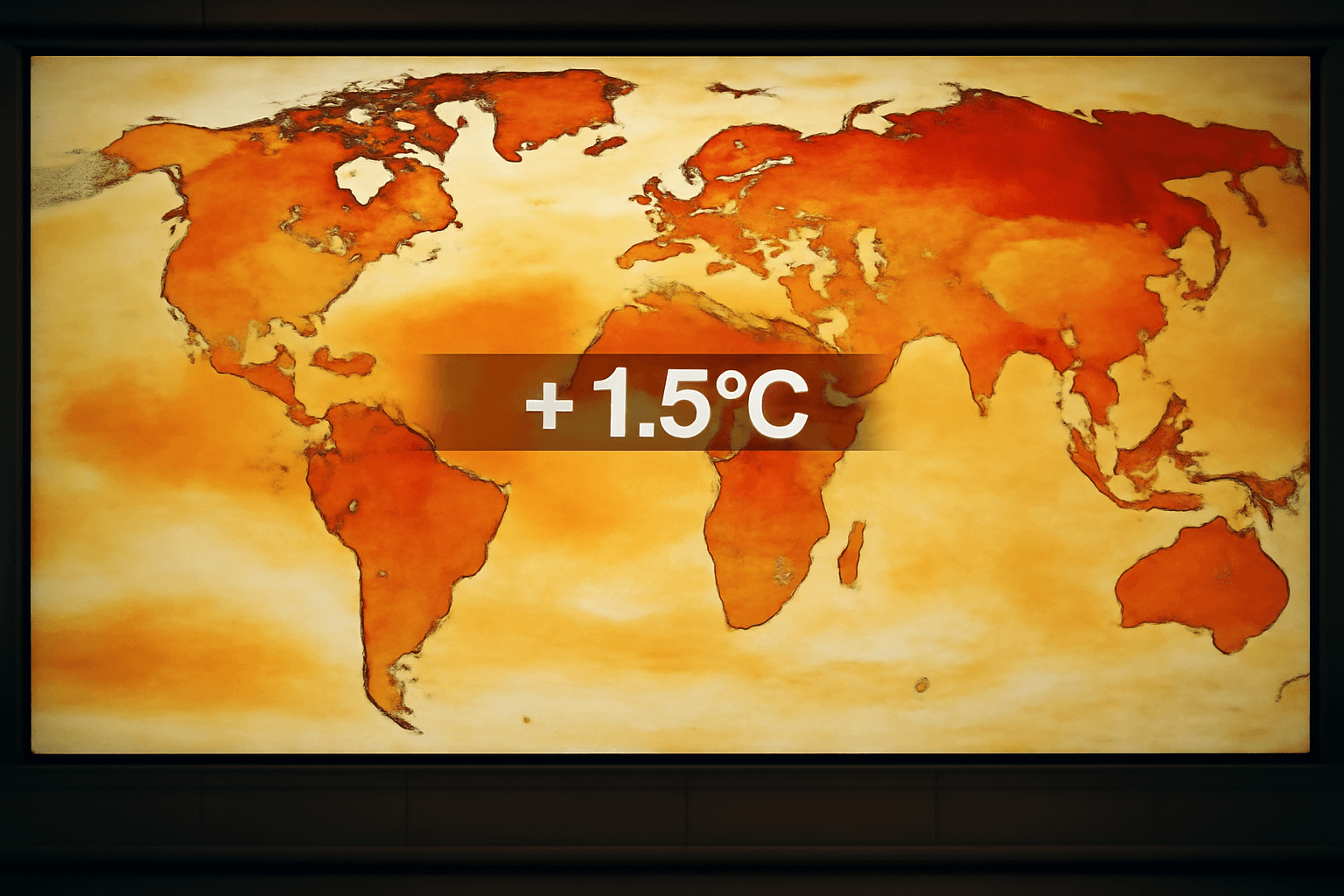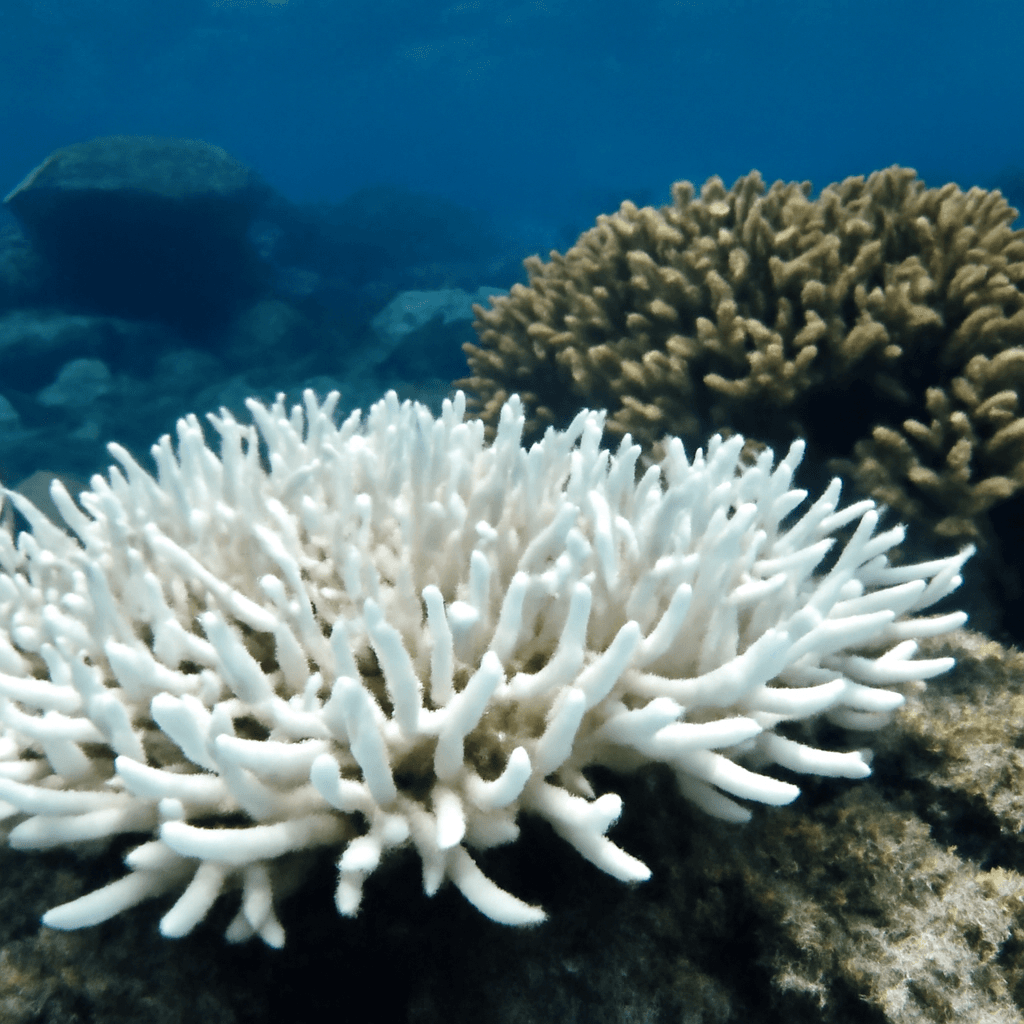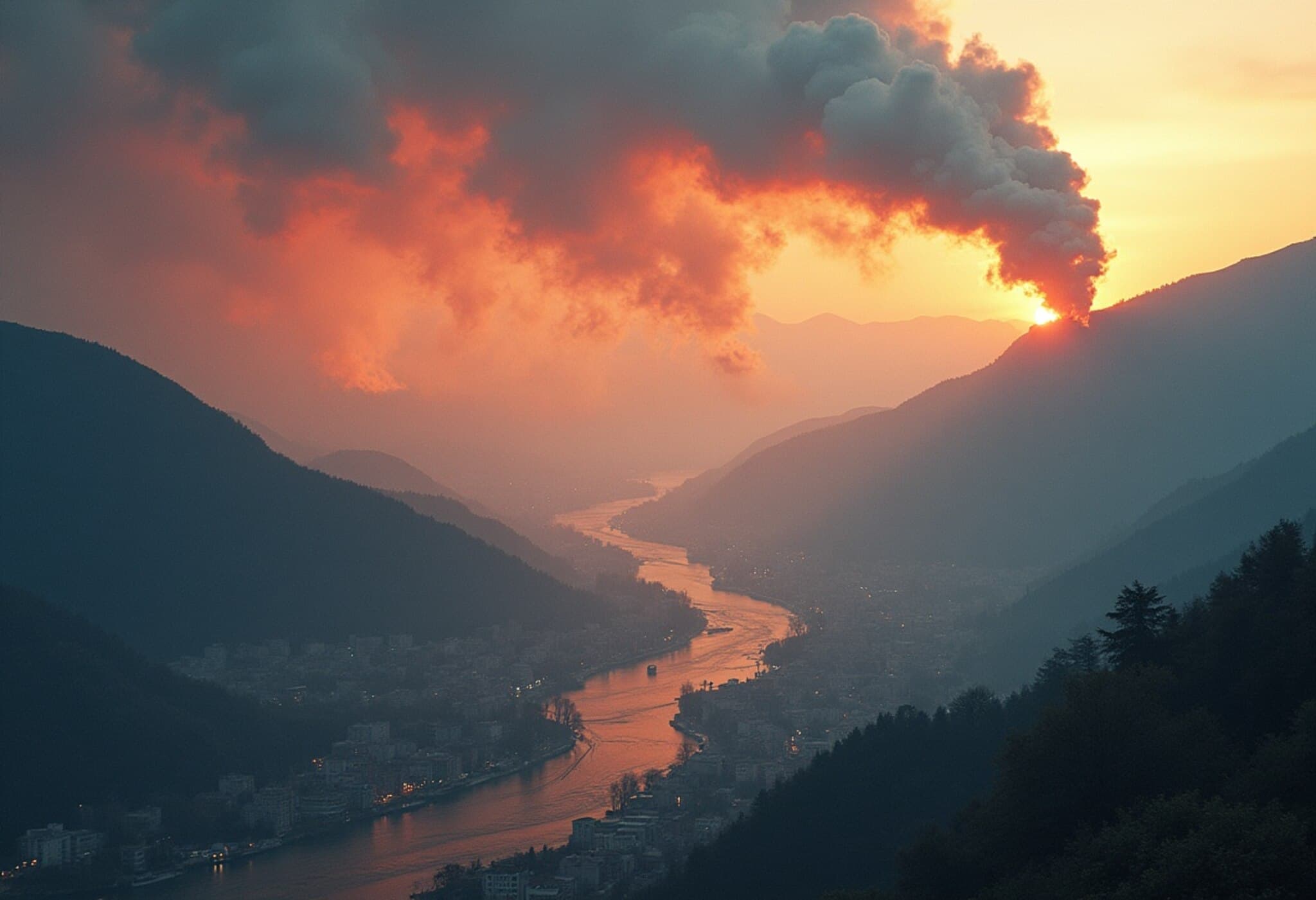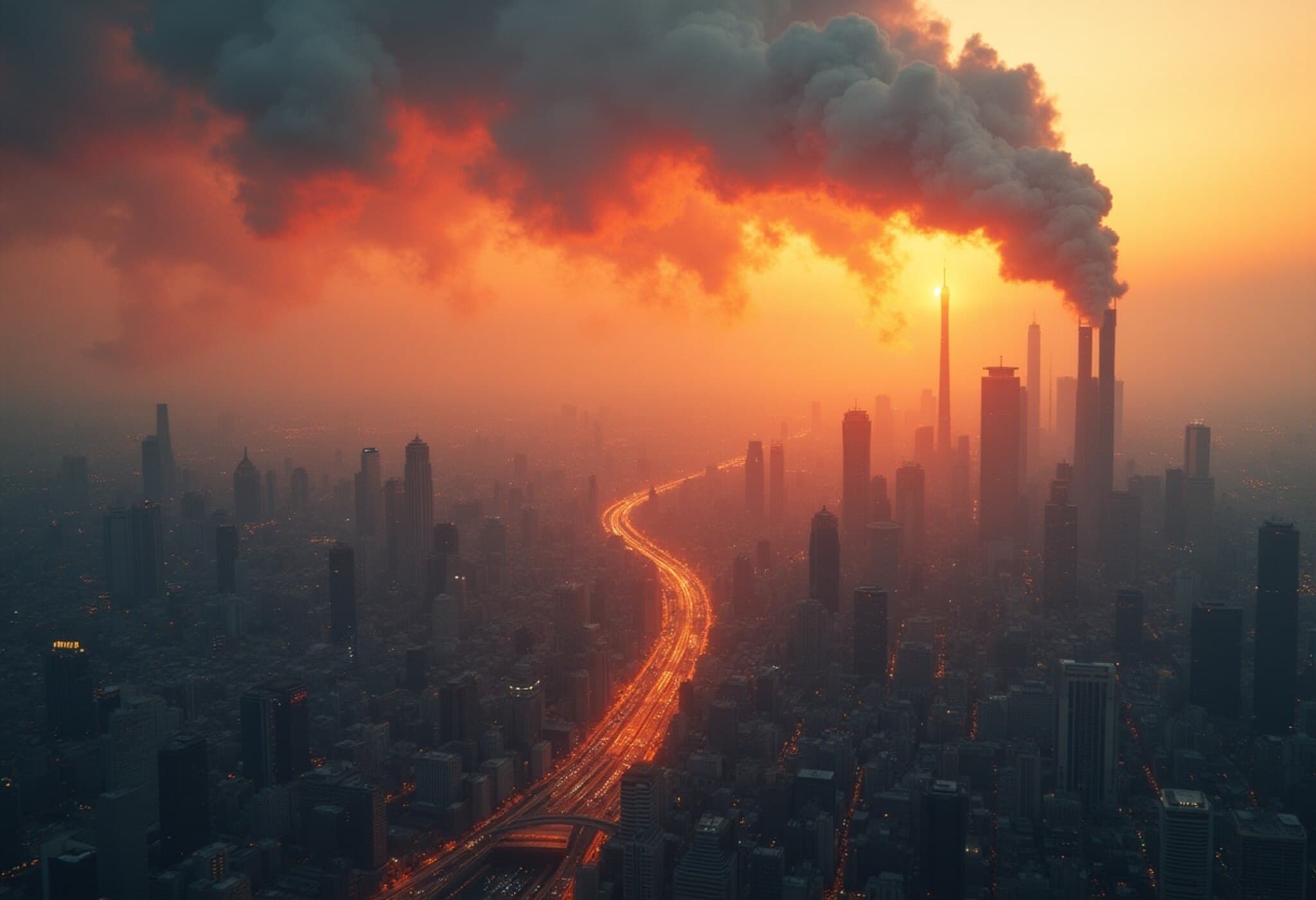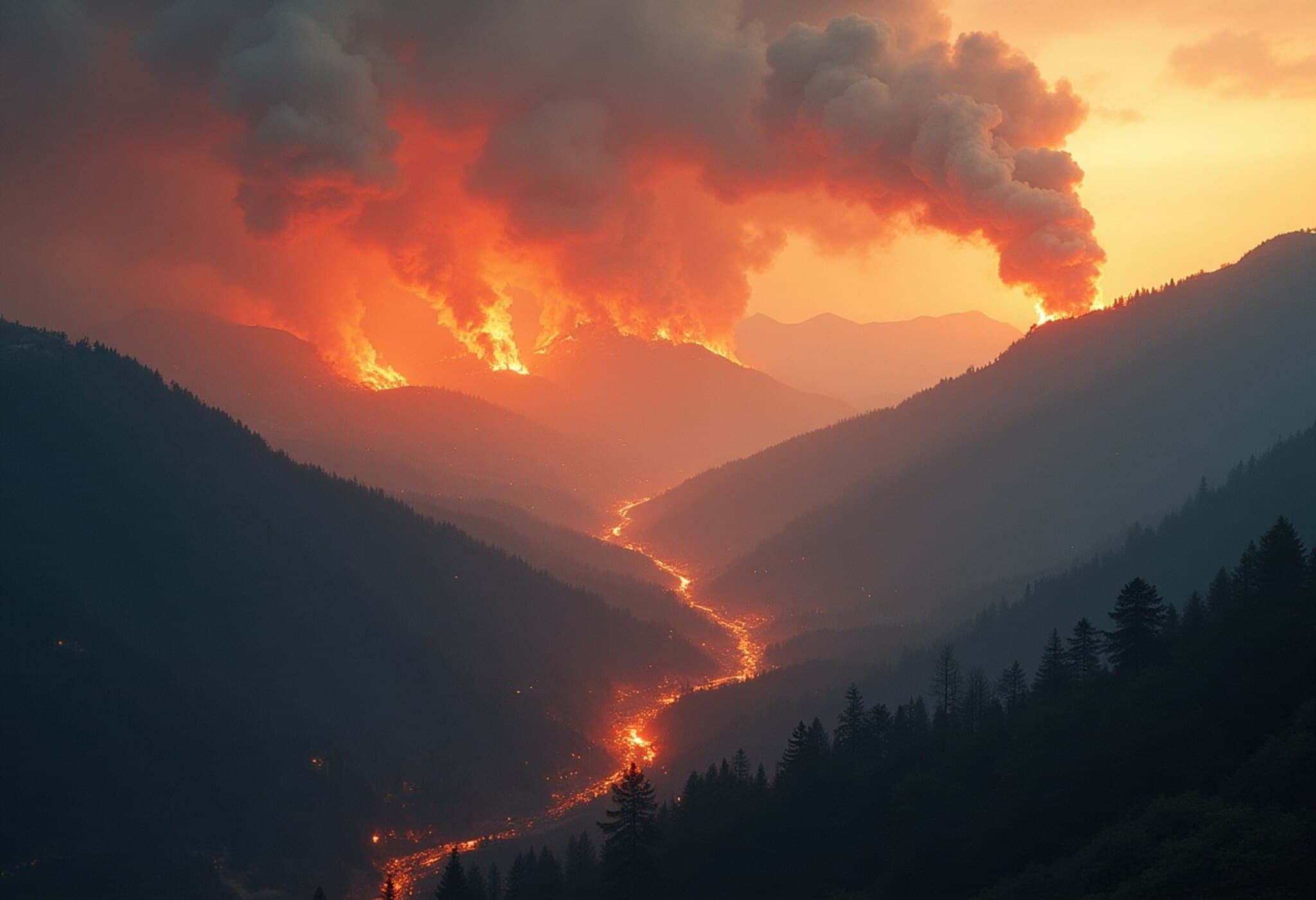A recent study published in Science reveals a sobering forecast for the world's glaciers under rising global temperatures. If the planet warms by 2.7°C—following current climate policy trends—only 24% of present-day glaciers are expected to remain. This finding highlights glaciers’ heightened sensitivity to climate change, exceeding previous estimates.
In contrast, adhering to the Paris Agreement target of limiting warming to 1.5°C could preserve approximately 54% of current glacier mass, effectively doubling the amount retained.
This research emerged shortly after a catastrophic glacier collapse in the Swiss Alpine village of Blatten, which buried much of the mountain foothill community beneath ice and debris.
The study incorporated global glacier data, with large ice masses in Antarctica and Greenland influencing overall projections. It warns that even if emissions halted immediately, glaciers would still shrink by an estimated 39% relative to 2020, contributing to a 113 mm rise in sea levels.
Regions identified as especially vulnerable include Scandinavia, the Rocky Mountains in Western Canada and the United States, and the European Alps. Under a 2°C increase, Scandinavia’s glaciers could disappear entirely, while the Rockies and Alps would retain only 10-15% of their ice. Even a 1°C rise threatens to halve ice volumes in these areas.
Dr. Harry Zekollari of Vrije Universiteit Brussel, a co-lead author, emphasized, "Every fraction of a degree matters. The decisions we make today will impact glacier preservation for centuries to come." Similarly, Dr. Lilian Schuster from the University of Innsbruck noted that glaciers serve as visible climate indicators, yet their retreat is more severe than current mountain observations suggest.
While Indian glaciers—especially in western South Asia—are estimated to lose only about 5% of their mass under current warming levels, the study warns of accelerated losses with incremental temperature increases. Between 1.5°C and 3°C warming, each 0.1°C rise triggers approximately a 2% global increase in glacier loss, with sharper declines in South Asian sub-regions.
This poses risks to major Indian river basins including the Ganga, Indus, and Brahmaputra, which underpin millions of livelihoods across northern and northeastern India and the Indo-Gangetic plains. Within the Hindu Kush Himalayas, only 25% of ice from 2020 levels is projected to remain at 2°C warming.
Researchers from 10 countries collaborated on this multi-model study, analyzing over 200,000 glaciers using advanced simulations spanning centuries. Their findings reveal that certain polar glaciers may require up to a thousand years to fully respond to current atmospheric changes.
This critical research underscores the urgency of limiting global temperature increases to preserve vital glacier reserves and mitigate long-term environmental and societal impacts.

